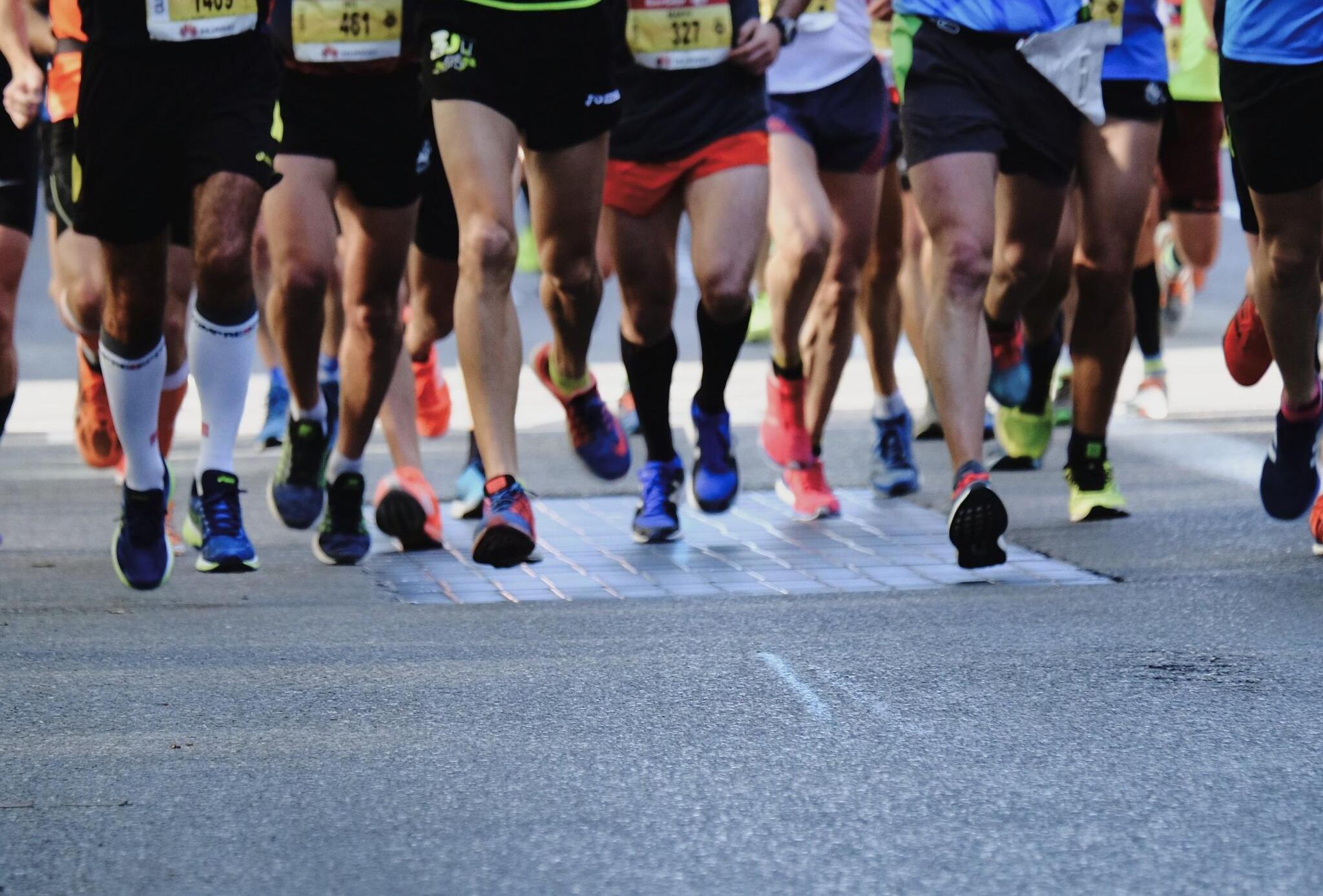Summary
Just picture a world drained of wildlife. Your first reaction may be this is impossible or unimaginable, isn’t it?
It is a shocking truth.
Several animals and birds are standing on the verge of destruction because of excessive poaching, illegal trading, loss of habitat, pollution, and deforestation.
One of the biggest challenges that the government, environmentalists, and private organizations are facing in India is to put a full stop to the killing and trading of animals.
The Future of Wildlife Conservation in India
The disturbing fact is that scientists have predicted if concrete conservation methods are not undertaken, then the next generation in India would only be able to see the animals in their textbooks or movies.
However, as the famous idiom goes, “it is better late than never.”
The government of India, forest officials, and many wildlife conservation bodies are leaving no stone unturned to safeguard the animals from extinction.
THE BIG QUESTION: WHY PROTECTING WILDLIFE IS A NEED OF THE HOUR?
Why is it imperative to protect wildlife in India? It cannot be debated that India is a storehouse of many majestic animals, including the mighty Royal Bengal tigers, majestic Asiatic lions, huge elephants, rare one-horned rhinos, and many unique birds.
With plenty of exotic animals to see, it becomes a duty of every citizen and the government to devise various plans to protect wildlife, which is an integral part of India’s heritage.
Challenges Faced by Wildlife
Let us try to assess certain dangers or reasons responsible for the diminishing count of animals in India.
Poaching
The most vital reason largely responsible for the dwindling wildlife count in India is illegal poaching and trading. Every year, many innocent animals are killed by greedy poachers solely for monetary gain.
These individuals hunt animals to trade their flesh, teeth, bones, and skin for cash, gold, and weapons.
Black Market
In the western markets, the demand for products made from animal skin, fur, or bones is exceedingly high.
The horrifying fact is that the money garnered through the black market for these products is vast.
The desire to make quick money in a short span drives poor and needy people to kill animals.
Toxic Waste
Many companies discharge harmful chemicals into rivers that animals use for drinking, leading to the contamination of water sources.
These deadly chemicals poison the water, which can be fatal not only for wildlife but especially for aquatic animals.
Urban Sprawl
A significant portion of forested areas is cleared to accommodate new companies or residential areas. This deforestation results in the loss of habitat for animals.
Consequently, there have been instances of animals wandering into cities or towns in search of food, leading to unfortunate encounters with frightened individuals who may harm them.
SIGNIFICANT STEPS INITIATED TO SAFEGUARD WILDLIFE
To combat the rising threat of wildlife poaching and trading, the government and various organizations have taken noteworthy steps to protect diverse species of animals.
Some significant measures undertaken include:
CREATING WILDLIFE SANCTUARIES AND NATIONAL PARKS
Over the years, the government has ensured that there is a wildlife sanctuary or national park in nearly every state in India.
Some of the notable parks such as Corbett National Park, Kanha National Park, and Sariska Wildlife Sanctuary are extensive enough to accommodate multiple species of animals.
To deter poachers from entering these parks, authorities have implemented several measures, including park fencing, regular patrolling, and the establishment of anti-poaching teams by forest officials.
LAUNCHING OF PROJECT TIGER
It is undeniable that few tigers are left in India. Various tiger conservation efforts have been initiated to counter their diminishing numbers, with one of the most notable being the “Project Tiger” launched in 1973.
The main objective of this project is to create tiger reserves in several regions where they can feel secure from poachers and increase their numbers through breeding programs.
CURBING DEMAND FOR PRODUCTS MADE FROM ANIMAL SKIN OR FUR
The government is initiating various campaigns across India to educate the public regarding the significance of wildlife conservation.
People are encouraged to refrain from purchasing products such as clothing, shoes, belts, and other items made from animal skin or fur.
If demand for these products declines, hunting of these animals will be contained to a certain extent.
THE FINAL WORD
The hunting and trading of animals represent a growing menace that warrants control. If animals are not protected, it could have damaging effects on our earth’s ecosystem.
Stricter penalties must be imposed on poachers who kill vulnerable animals. Every measure should be taken to preserve these natural heritages of India, preventing them from becoming part of history.
Poaching and habitat loss pose real threats not only in India but around the world. We believe that the more we raise awareness, the more individuals will take action.
To learn more about supporting wildlife conservation, consider exploring these organizations:





